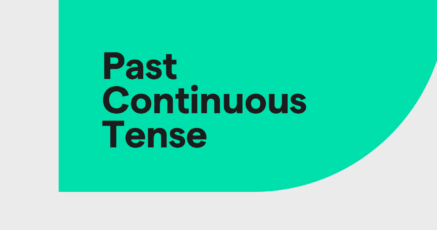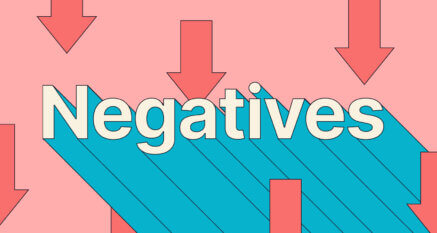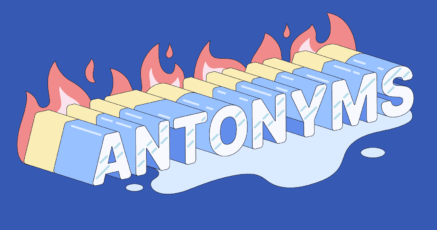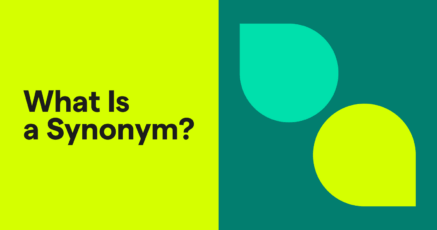Grammar Tips - Page 6
 Past Continuous Tense: How to Use It, With ExamplesThe past continuous verb tense, also known as the past progressive, describes ongoing actions in the past: I was writing my...November 18, 2022
Past Continuous Tense: How to Use It, With ExamplesThe past continuous verb tense, also known as the past progressive, describes ongoing actions in the past: I was writing my...November 18, 2022 Compound Words: Open, Closed, or Hyphenated?Compound words are when two or more words combine to form a new single word or a phrase that acts like a single word. There are...November 14, 2022
Compound Words: Open, Closed, or Hyphenated?Compound words are when two or more words combine to form a new single word or a phrase that acts like a single word. There are...November 14, 2022 What Is Morphology in Writing?Morphology is the study of how parts of words, called morphemes, create different meanings by combining with each other or...November 3, 2022
What Is Morphology in Writing?Morphology is the study of how parts of words, called morphemes, create different meanings by combining with each other or...November 3, 2022 Distributives: Definition and ExamplesDistributives are words used to discuss the parts of a group in relation to the whole group. For example, if you’re discussing a...October 6, 2022
Distributives: Definition and ExamplesDistributives are words used to discuss the parts of a group in relation to the whole group. For example, if you’re discussing a...October 6, 2022 How to Use the Future Continuous TenseThe future continuous tense is a verb tense that shows an action happening over a period of time in the future. “I will be...September 20, 2022
How to Use the Future Continuous TenseThe future continuous tense is a verb tense that shows an action happening over a period of time in the future. “I will be...September 20, 2022 What Are Filler Words, and How Do You Cut Them?Fillers words such as um or uh are words, sounds, or phrases people use to “fill in” empty spaces in communication. In speech,...September 16, 2022
What Are Filler Words, and How Do You Cut Them?Fillers words such as um or uh are words, sounds, or phrases people use to “fill in” empty spaces in communication. In speech,...September 16, 2022 Negatives and Double Negatives: What They Are, With ExamplesNegatives like not or never are words that change the meaning of a word or sentence to show it’s untrue or not happening. They...September 14, 2022
Negatives and Double Negatives: What They Are, With ExamplesNegatives like not or never are words that change the meaning of a word or sentence to show it’s untrue or not happening. They...September 14, 2022 Antonym: Definition and ExamplesAn antonym is a word that means the opposite of another word. For example, hot and cold are antonyms, as are good and bad....August 24, 2022
Antonym: Definition and ExamplesAn antonym is a word that means the opposite of another word. For example, hot and cold are antonyms, as are good and bad....August 24, 2022 What Is a Synonym? Definition and ExamplesKey takeaways: Synonyms are words with identical or nearly identical meanings. The purpose of synonyms is to improve word choice...August 17, 2022
What Is a Synonym? Definition and ExamplesKey takeaways: Synonyms are words with identical or nearly identical meanings. The purpose of synonyms is to improve word choice...August 17, 2022 What Are Contractions in Writing?Contractions are a unique type of word that combines two or more other words in a shortened form, usually with an apostrophe....August 11, 2022
What Are Contractions in Writing?Contractions are a unique type of word that combines two or more other words in a shortened form, usually with an apostrophe....August 11, 2022